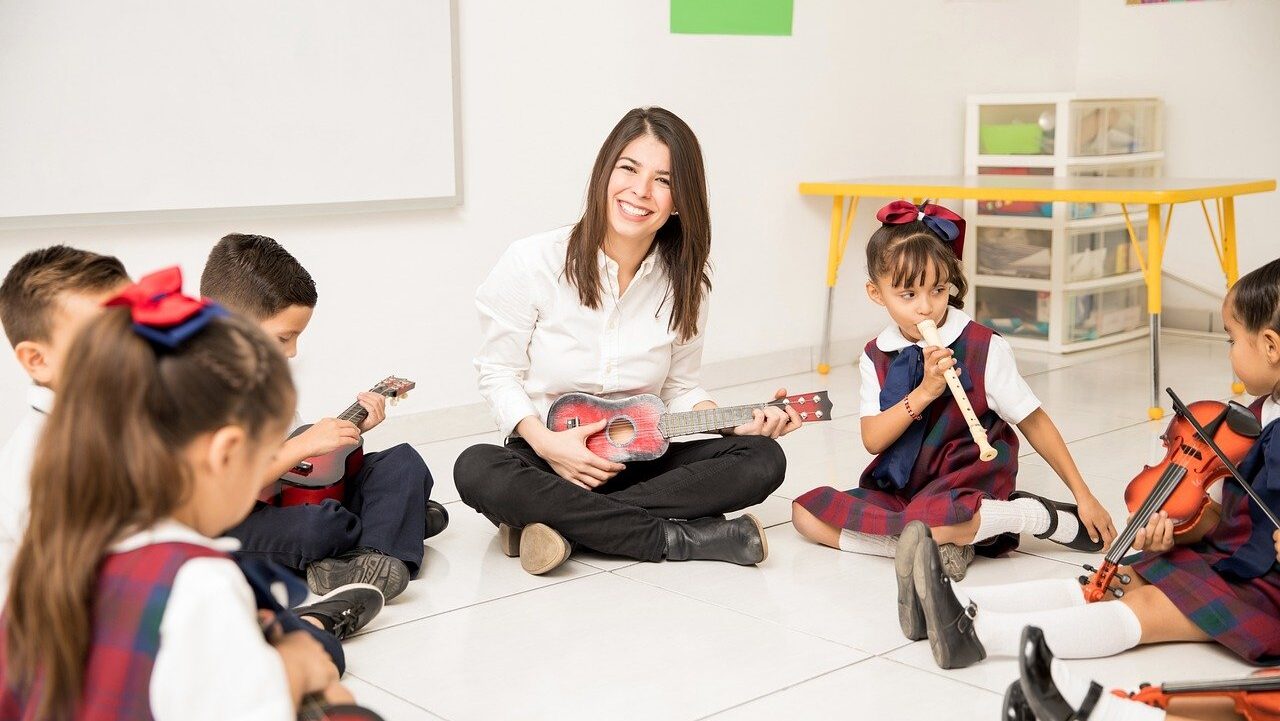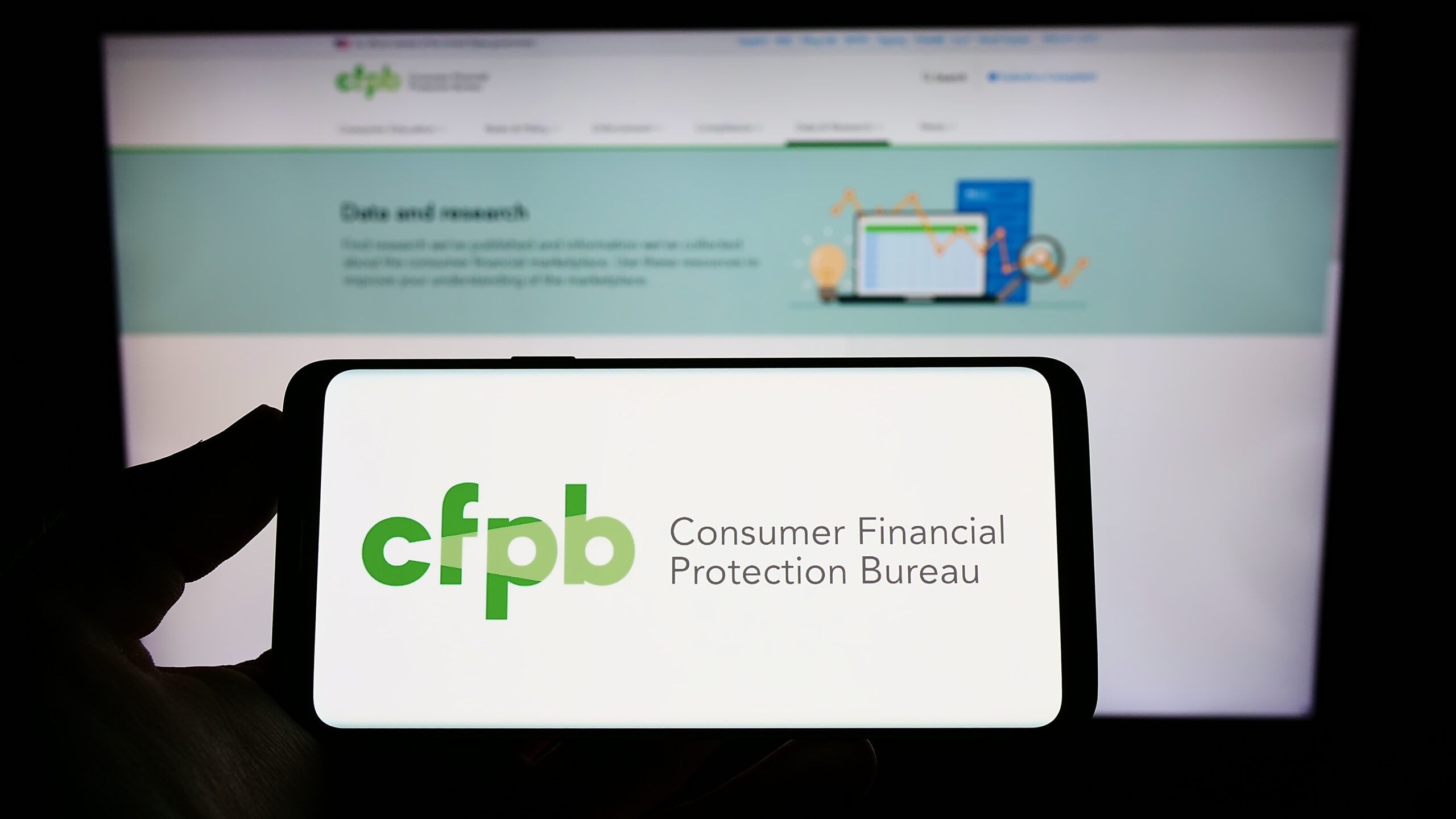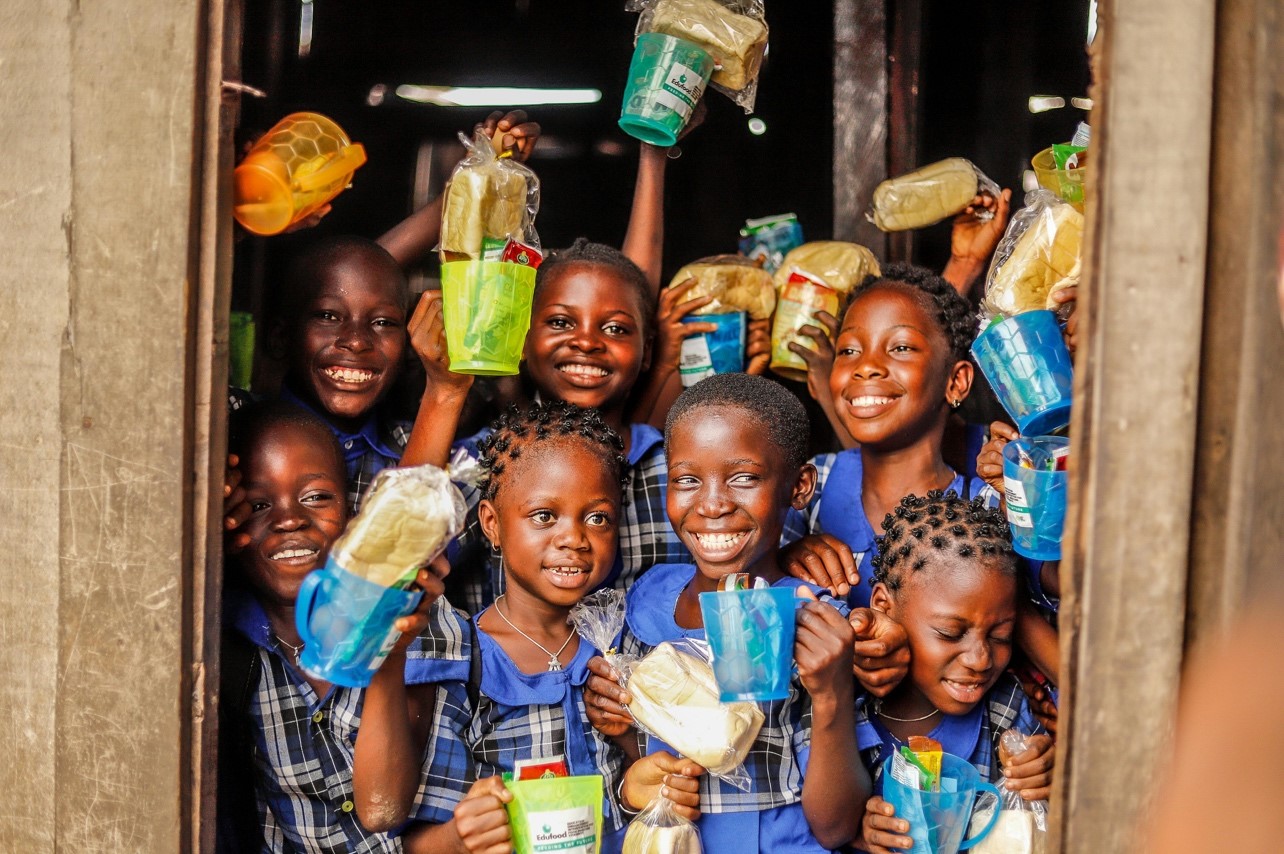
Life is filled with moments that naturally inspire change (e.g., birthdays, the start of a new season, or the beginning of a new job/role). These “fresh starts” allow us to pause, reflect, and reset our priorities. Research shows that fresh starts can be powerful motivators, particularly when it comes to improving financial habits.

















